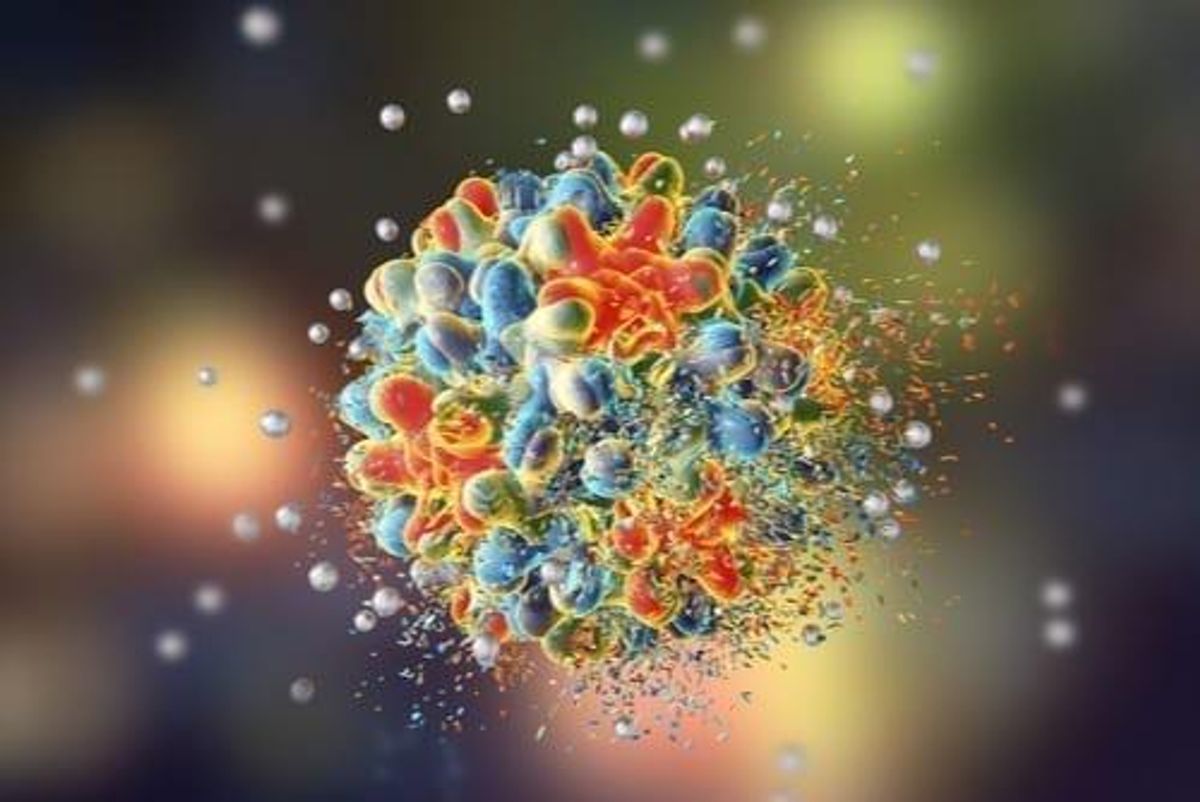
Silver has been used for centuries in medicine to prevent infection, reduce inflammation and kill bacteria. Can it help in the fight against COVID-19?
As we emerge into a post-COVID-19 world, questions will be raised around health and safety and how we can better combat the outbreak and spread of future pandemics.
Whether that means continuing to wear masks in public or carrying your own cutlery and sanitizer remains to be seen; however, it is becoming more and more clear that some metals may play an important role in protecting our health in the future.
Copper and zinc are known for their antiviral properties, but silver also offers antimicrobial resistance. Here’s a look at the white metal’s past, present and future in the medical space.
Silver’s long and robust history in medicine
Silver has been used for centuries in medicine to prevent infection, reduce inflammation and kill bacteria. Measured amounts of the metal are commonly used in bandages, the lining of catheters and other medical supplies to prevent the growth of bacteria.
According to a 2018 report published in the special silver-based antimicrobials edition of the peer-reviewed journal Antibiotics, there are three established ways silver acts on microbes.
Firstly, a silver cation (a positively charged ion) can punch holes in bacteria cell walls by reacting into the outer mesh-like layer of the bacteria. The second interaction involves silver ions entering the bacteria and preventing cellular respiration.
Lastly, silver can interrupt DNA and its replication cycle inside a cell. This process is described in a recent article from the University of Arkansas.
“The researchers observed that silver ions were causing paired strands of DNA in the bacteria to separate, and the binding between the protein and the DNA to weaken,” it reads.
Over the last 13 years, more than 17 products and techniques have been patented utilizing the white metal as an antimicrobial agent. Its wide array of uses include wound dressing, dental materials, specialized coatings for medical instruments, bone implants and even anti-microbial building finish.
While the study of silver’s antibacterial properties has been a popular topic in medical journals, the rapid onslaught and spread of COVID-19 has brought the versatile metal front and center along with other metals in the fight to combat the coronavirus now and into the future.
Can silver help in the fight against COVID-19?
Silver’s ability to help society fight COVID-19 is of particular interest as cities and countries around the globe prepare to ease lockdown and travel restrictions.
The latest monthly update from the Silver Institute highlights some of the ways researchers are using the precious metal in the fight against the coronavirus.
For example, AgPlus Diagnostics, a UK-based company, is developing a point-of-care diagnostic tool that utilizes a chemical reaction produced by silver nanoparticles to measure and assess targeted molecules.
“We are in the process of developing various formats of the test to support a range of testing,” CEO Fiona Marshall is quoted as saying in the Silver Institute update.
She also noted, “First, we are working on an assay to detect COVID-19 antigen directly and second, a serological assay that will detect anti-COVID-19 antibodies for IgM (Immunoglobulin M is the first antibody the body makes when it fights a new infection) and IgG (Immunoglobulin G is the most common antibody; it takes longer to form after an infection than IgM).”
There is also a growing number of regular and reusable face masks that include silver ions in the fabric. The ions don’t kill the COVID-19 virus, but they do kill bacteria and eliminate odor — important factors for first responders and those who have to don masks for long periods of the day.
Watch silver’s medical and tech applications
Whether it is a silver-ion-infused face mask or diagnostic tools to help establish who has COVID-19 antibodies, silver will be a crucial metal in our immediate medical future.
And as awareness about the precious metal’s antibacterial properties becomes more mainstream, silver could experience demand growth in other ways as well.
Demand for silver flatware and houseware might make a resurgence as people look for ways to safeguard their homes from the spread of not only the virus, but also other harmful bacteria.
“The antimicrobial applications of silver started in ancient times in domestic products like silver plates and pitchers,” wrote researchers in the Antibiotics journal article mentioned above. “With that in mind, there continue to be domestic applications of silver, particular for surface treatments.”
Silverware demand fell by 9 percent in 2019, coming in at 59.8 million ounces, but that was still the second highest yearly demand amount in the last decade.
While that is promising, demand related to COVID-19 is unlikely to have an immediate impact — the latest World Silver Survey, released in April by the Silver Institute, indicates that silver demand for flatware is expected to slip in 2020.
“We forecast silverware demand to fall by 9 percent, largely due to the negative impact of COVID-19, which will weigh on an already slowing economy,” it reads. “While the first half of the year is likely to witness a sharp fall in demand, we forecast a marginal recovery in the second half driven by festive and wedding related buying.”
But the sector could ramp up if consumers add sterling silver flatware to their daily kitchen routines.
In addition to its antimicrobial potential, silver is being touted as a metal that can make wearable technologies possible. Silver textiles could be used for the complicated task of monitoring a patient’s vital signs, or to make materials emit light or be highly reflective
The currency metal is also poised to play a role in the mass rollout of 5G technology due to its inclusion in a wide array of electronic goods and applications. In fact, the 5G space may in fact be the largest growing demand sector tied to silver.
It is estimated that electronic applications will call for 16 million ounces of silver by 2025, with that amount rising to 23 million ounces by 2030.
Experts weigh in on supply and demand impact
In 2019, 836.5 million ounces of silver were mined globally, while demand topped 991.8 million ounces, evidencing supply constraints that may become more pressing in the future.
While silver experts don’t see medical applications and silverware affecting demand greatly in the near term, they do agree that both spaces are worth watching in a post-COVID-19 world.
“I wouldn’t say one (of the new silver applications) is more promising than the other, but electronics would have the bigger impact primarily because of the significantly large use of silver from this sector,” explained CPM Group’s Rohit Savant.
The vice president of research for the metals consultancy firm was expanding on an answer he gave during a recent CPM Group silver presentation.
“Demand should be expected to rise meaningfully over the medium to long term from the electronics sector as the use of electronics continues to proliferate. 5G is a new phase in connectivity and will bring with it demand for new devices,” he said via email.
“Biocides also are a growing sector, demand is expected to continue rising in the future. While we see an increase in demand from these sectors in the future, in the short term we expect that demand will be weighed down by the pandemic both as a result of disruptions to supply chains and from the reduction in demand from final consumers.”
Philip Newman of Metals Focus, which produced the Silver Institute’s World Silver Survey, also sees potential in the use of silver in textiles and garments, but believes demand from these niche spaces will not be significant enough to impact overall sector supply and demand trends.
Don’t forget to follow us @INN_Resource for real-time updates!
Securities Disclosure: I, Georgia Williams, hold no direct investment interest in any company mentioned in this article.
Editorial Disclosure: The Investing News Network does not guarantee the accuracy or thoroughness of the information reported in the interviews it conducts. The opinions expressed in these interviews do not reflect the opinions of the Investing News Network and do not constitute investment advice. All readers are encouraged to perform their own due diligence.



